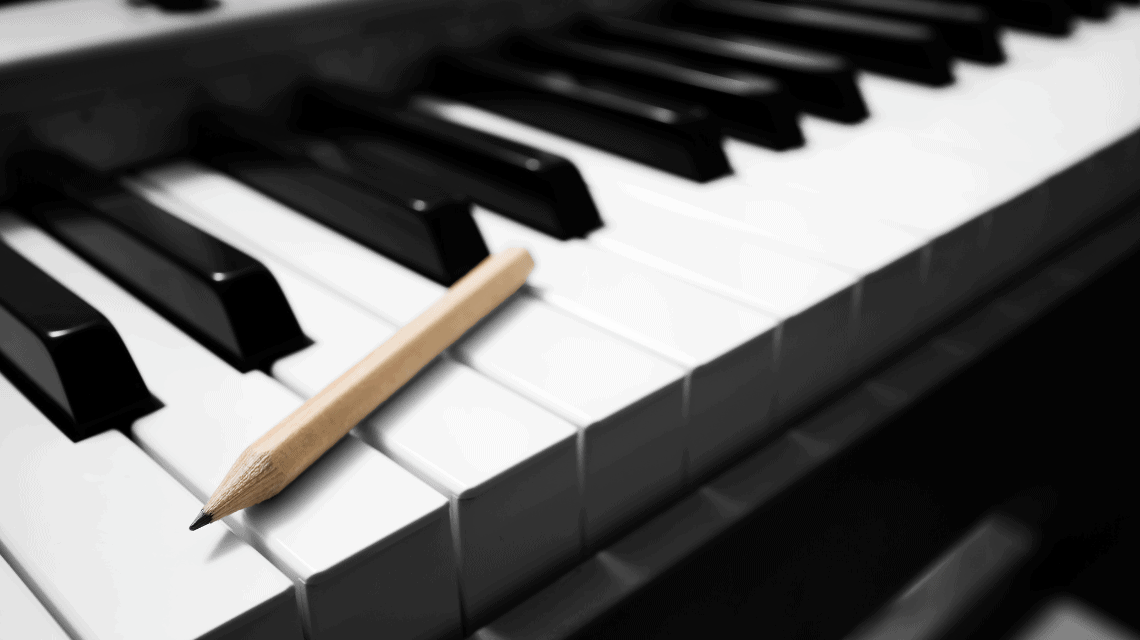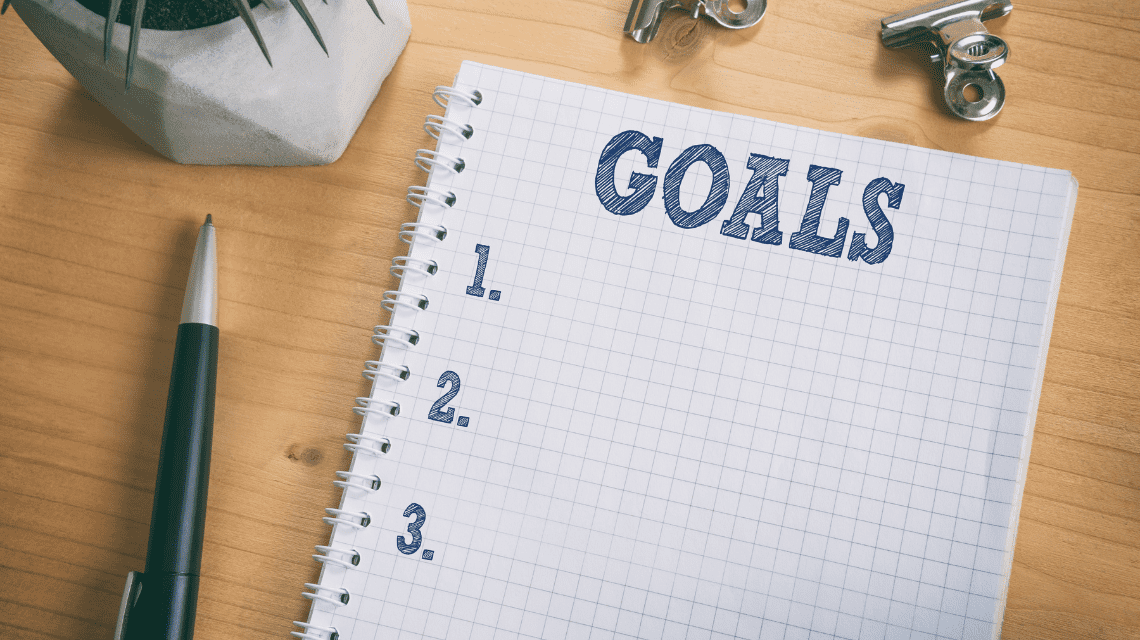What To Include In Piano Assignments
We’re exploring a few different approaches that piano teachers can take to create assignments for their students.

We recently published a blog post with several different ways to give assignments to piano students. You can read that blog post here and learn more about using assignment books, Post-It Notes, notebooks, apps, verbal instructions or text/email assignments.
Once you’ve settled on a format for your assignments that resonates well with you and your students, you’ll want to think about different types of assignments that you could give.
Let’s explore a few different approaches that piano teachers can take to create those assignments.
Time-based
Time-based assignments have always been a common way to approach piano practice. Many adults who took piano as a child remember being expected to practice 30 minutes a day.
Setting an expectation for practicing a certain length of time each day or so many days each week definitely helps instill discipline and consistency, which are both vital for learning piano.
However, piano teachers and parents should be careful not to arbitrarily select numbers for assignments.
For example, 30 minutes seems to be a common length of time to work with, but it would be completely unreasonable to expect a beginner to work on their music for 30 minutes each day. Many beginning piano songs take less than a minute to play, so practicing them for 30 minutes just doesn’t make sense.
At the same time, middle and high school students who are advancing quickly will likely need to spend more than 30 minutes in each practice session in order to get through their longer pieces and adequately work on them.
In reality, 30 minutes of practice is only the perfect amount of time for a small percentage of piano students. When selecting a length of time to work with, consider the student’s age, level, attention span, goals, and the amount of time they have available to practice.
Time-based assignments also need to be given in conjunction with other types of assignments. Many kids don’t know how to manage their time at the piano. Telling a child to practice the piano for 30 minutes is really ambiguous. Most likely, the student will practice something from their lesson for 3 minutes and “play” the piano or play around at the piano for 27 minutes.
If you have time-based expectations for your students, be sure to give specific instructions on how they should spend that time.
Checklist
A checklist of items to work on is another common way to give piano assignments. Teachers might use a standard notebook or a simple piano assignment book to track the names of pieces, scales or exercises that students are working on.
Many times this approach is adequate for students who take and remember instructions well. Some students are good about remembering the details of what they worked on in their piano lessons and applying them at home.
In this case, it’s just nice to keep a list of what to work on so that they can reference it to make sure they are covering all of their bases at home.
It’s also helpful for the teacher to be able to reference the list from week to week.
A basic checklist might not include enough details for many students, though. And, parents may not have enough information from a checklist to help a student practice at home.
Tasks
Breaking assignments down into smaller tasks is helpful for many students who need more detail about what to practice or how to fill their practice time.
Many students lack progress from week to week simply because they just aren’t quite sure how to practice.
Teachers can break assignments down into small, manageable tasks to teach students how to practice, instead of just focusing on what to practice.
Instead of only telling a student to work on “Arabesque” by Burgmüller, you would come up with several bite-sized tasks to work on throughout the week. You’d need to explain to the student that each practice session might look a little different once they have mastered each smaller task.
For example, tasks to work on in Burgmüller’s “Arabesque” would include:
-M. 1-11, RH only, with clean, even 16th notes. Be sure to count eighth note rests
-M. 1-11, LH only, with short staccato quarter notes
-M. 1-11, hands together, slowly
Assigning specific tasks helps students feel successful from week to week and ensures that their practice time will be spent responsibly.
Goal-Oriented
Another way to look at piano assignments is to help students work towards goals. This approach is helpful for students who really need to take ownership over their work.
Some students thrive thinking about the finish line of a big goal. Even weekly accomplishments to work towards are helpful.
A goal-oriented assignment will likely also need to be broken down into smaller tasks. But, there will probably be more emphasis on the bigger goal, rather than the tasks alone.
For example, when working on Burgmüller’s “Arabesque,” the goal might be to learn the first 11 measures with both hands. From there, you’ll have to decide how much help your student needs to get to that point. Some students are up for the challenge and know exactly what to do. Others would benefit from walking through the steps in their lesson, then working on them again at home.
Goal-oriented assignments pair really well with task-driven assignments. You could emphasize the overall goal, then break the goal down into actionable steps for the week.
Most teachers will likely use a variety of approaches depending on individual student’s learning styles and how they respond to different assignments. If you have students who aren’t practicing or making the progress that you expect, try taking a different approach to giving their assignments.
This post was written by Megan, piano teacher and author of Pianissimo: A Very Piano Blog. Visit her website for more piano related blogs for teachers, parents, students, and all things piano.
More Blog Posts Related to the Piano
- How to Choose, Tune, & Play Your First Piano: Beginner Tips
- Piano Pairs: Beginner Notes and Easy Piano Arrangements
- 25 Easy Kids Songs For Piano
- 6 Ways Piano Teachers Can Give Assignments To Students
- 11 Piano Practice Tips
- Nature or Nurture: Do You Need To Be Born With Natural Talent To Play The Piano Well?
- 11 Classical Piano Pieces You Might Want To Learn and Easier Arrangements

